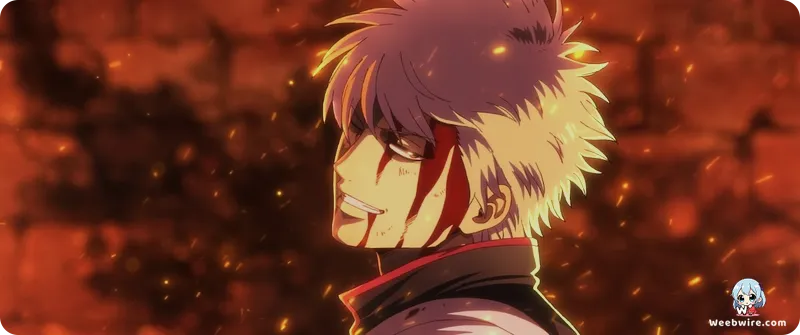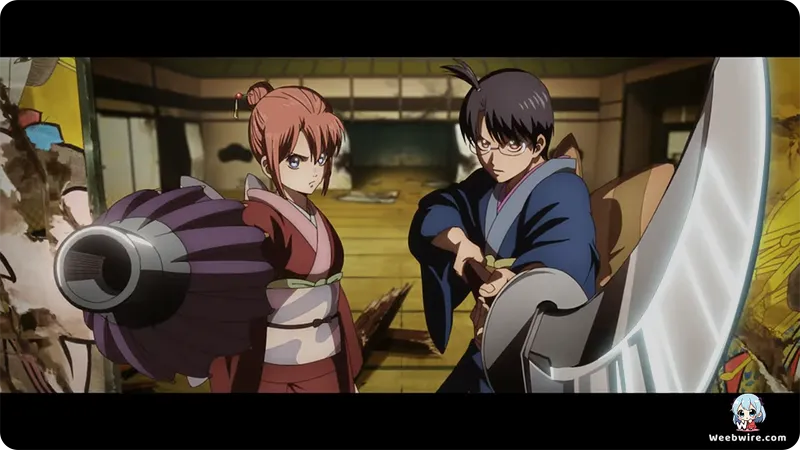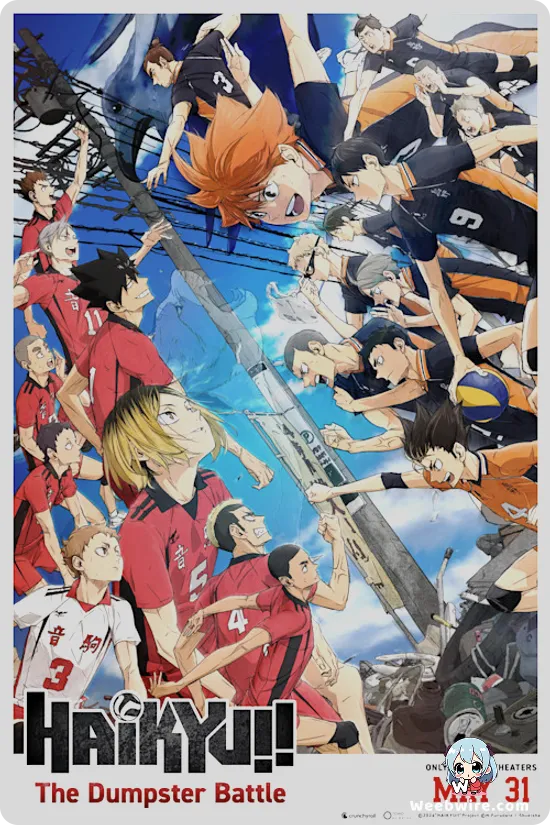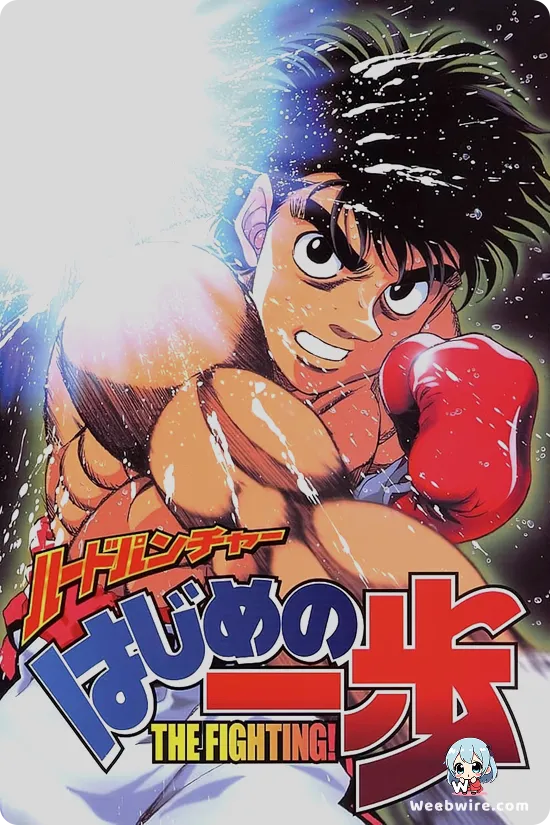Revisiting a Masterpiece: How Gintama: The Movie: Benizakura Chapter Elevated a Pivotal Arc to New Heights

Gintama, the globally celebrated anime franchise renowned for its outrageous humor, relentless parodies, and surprisingly profound storytelling, achieved a cinematic milestone with the 2010 release of Gintama: The Movie: Benizakura Chapter. Uniquely, this film wasn't an original story but a masterful re-adaptation of one of the manga's most pivotal and fan-favorite arcs. This bold decision proved a stroke of genius, revitalizing an already beloved narrative and captivating even seasoned fans with a fresh perspective.
The Benizakura Arc's Pivotal Role
The Benizakura Arc is widely considered a turning point for the Gintama series. Prior to this, the show was primarily celebrated for its irreverent comedy. However, this arc plunged the Yorozuya into a far darker, action-packed, and emotionally charged narrative, revealing the series' incredible versatility. It delves deep into the pasts of Gintoki, Katsura, and Shinsuke, exploring their shared history and the lingering pain of the Joui War. This significant tonal shift, showcasing author Hideaki Sorachi's ability to weave compelling drama into a comedic framework, firmly established Gintama as far more than just a gag anime.
Enhanced Production and Performances
A key highlight of Gintama: The Movie: Benizakura Chapter was the monumental leap in production quality. While Studio Sunrise delivered a commendable effort for the original TV series, the movie provided an opportunity to revisit this critical arc with a substantially higher budget and dedicated animation resources. The result was a visually stunning rendition, especially in its action sequences. Fight choreography, character animation, and overall visual fidelity were dramatically enhanced, making intense battles, particularly the climactic showdowns, far more dynamic and impactful. This cinematic polish allowed the story's dramatic weight to truly shine, immersing viewers in the high stakes and emotional turmoil.

The film also allowed the veteran voice cast, including Tomokazu Sugita as Gintoki, Daisuke Sakaguchi as Shinpachi, and Rie Kugimiya as Kagura, to delve deeper into their roles. Their performances gained an added layer of gravitas and emotional nuance, amplified by increased screen time for dramatic moments and enhanced animation. The raw emotion conveyed, from somber reflections to fierce determination in battle, underscored the cast's incredible talent and profound understanding of their characters.
Despite the serious nature, Gintama's signature meta-humor and fourth-wall breaks were subtly woven into the narrative, providing brief comedic relief without undermining the tension. This delicate balancing act is a hallmark of Gintama's unique charm, demonstrating its ability to pivot between laughter and gut-wrenching drama with remarkable finesse.
Overwhelming Positive Reception
The reception for Gintama: The Movie: Benizakura Chapter was overwhelmingly positive. Fans lauded its faithful adaptation, praising the improved visuals, heightened emotional impact, and the opportunity to experience such a pivotal story on the big screen. It reaffirmed Gintama's narrative strengths and its capacity to deliver both uproarious laughter and genuine emotional resonance. The movie solidified Gintama's status as a top-tier anime franchise and influenced future cinematic ventures, remaining a beloved piece of its legacy and a shining example of how a well-executed adaptation can breathe new life into an iconic story.
Credits
Gintama: The Movie: Benizakura Chapter
Author
Hideaki Sorachi
Cover Art
Sunrise Animation Team
Studio
Sunrise
Publisher
Shueisha
Producers





